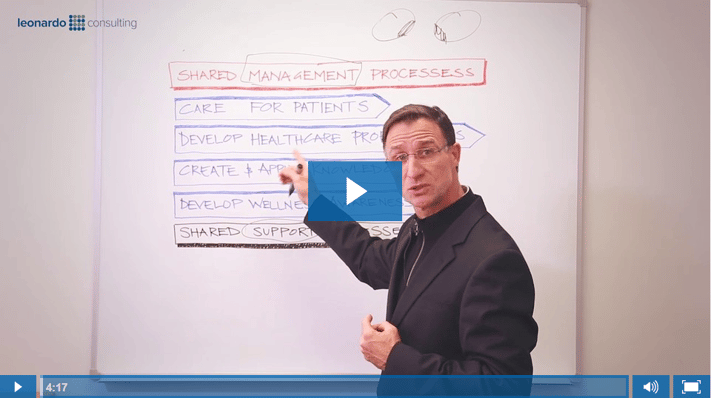The Process Session is a weekly video series posted on The Leonardo Blog that discusses all things BPM and Enterprise Architecture.
Today, Marco talks about Process Architecture.
Please let us know if you have any ideas for future topics for The Process Session.
Video Transcription - Process Architecture
Thank you for joining me again. Last time we spoke about the overview of the 7 Enablers of Business Process Management.
The first enabler is process architecture.
Why is process architecture important?
Well it is going to give us an understanding of how we deliver value to our customers and other stakeholders? How is that delivered through our business processes? It's very important to know:
- Where are your business processes?
- What do they look like?
- How are they performing?
So where are you processes?
They live in a process architecture. The key artifact in any organization should be their process architecture where anybody can go and point at and find the business processes that are performing in delivering value to their clients. The other reason for it is that it allows you to prioritize what limited resources you have to do projects and process improvement. This is very important. Where do we assign our resources? The other thing it can do for you is coordinate projects because you may be working on the same process at the same time. So you need to have some place where you know where the different projects are working within the same house or within the same architecture.
Finally, and most importantly it is a visual communication of where do your processes is live so we're looking at and need to see and tangibly understand and discuss with other people where our processes are. In delivering this and creating a process architecture you must include as many people as you can within your organization. We do this so that they can adopt it; they can own it the can come up with it. The way it looks really doesn't matter as long as you have three key aspects to it. That is your management processes. So as long as you've got your management process is captured in some way, shape or form then you're on the right track because these management processes are what ensure you delivering your core processes - so your core processors need to be key. These are your value chains from end to end and that you're delivering to your clients. Then, of course, you've got your support processes which need to support that to happen in an efficient and effective way through other people or IT or both.
So once you've got those three key parts, you've got your process architecture. Put it in more ever form you want. Be creative depending on your industry. Make sure that it aligns to your organization. In this one you can see it's clearly for a hospital. It's simple and I can go down and drill into each one of these and decompose them to see what the detailed process is down at the deeper levels in the organization –but at this level I understand my end to end value chain the example here. Roger Tregear put this together for a hospital, and the hospital says its primary value chain is to care for patients so they understand what are all the processes involved in caring for patients and how do they perform.
So that's in essence what a process architecture does. We could go on for a long time discussing the details about how to build them out. Just remember your process architecture is never finished. You can get it to eighty percent done, but it's an iterative, dynamic document or artifect that you use all the time to make strategic decisions in your organization and ensure that you are aligning to the strategic objectives of the organization.
Remember that each week we will be releasing a different enabler so join us next time to talk about process measurement. Thank you.






